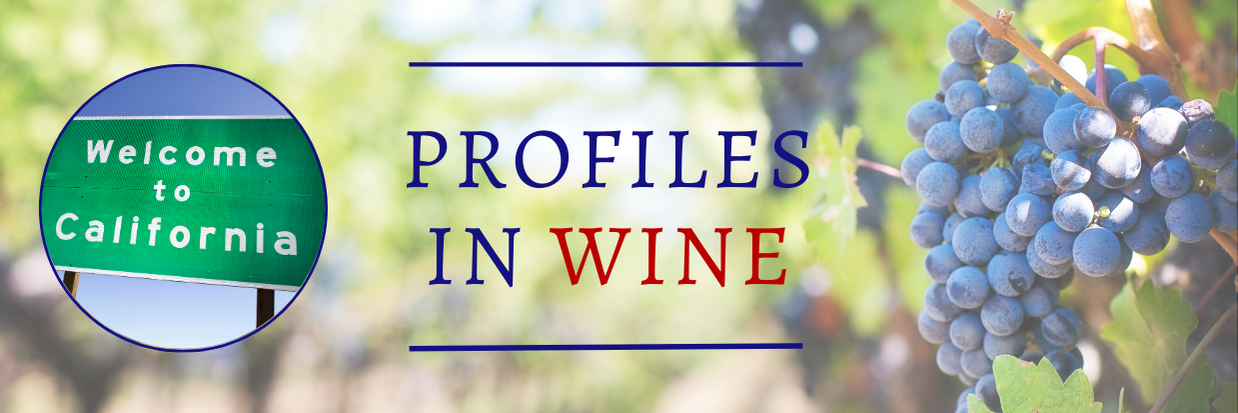Wine is produced and consumed in all 50 states, but one dominates the other 49 while still remaining a collaborative partner in advancing the entire wine industry.
California Profile
Many books have been written about California wine country, so a paragraph or two can only offer a glimpse. Long before there was a United States, Spanish missionaries planted grapes for sacramental wines, and the balmy Mediterranean climate proved to be what the author Leon Adams called “paradise for the vine”. It was he and Louis Gomberg who also had the foresight to create Wine Institute in order to prevent a return of Prohibition but also to promote wines from the Golden State.
The proliferation of new regions and AVAs to define them created healthy competition, the scientific knowledge provided by UC research institutions steadily improved quality, and the genius of people like Robert Mondavi to promote it all combined to put California on the world wine map where it has stayed ever since. Other states have benefited from a coattail effect, building their own industries and reputations nationally and around the world. Thank you, California.
WineAmerica greatly values our close collaboration with Wine Institute, as well as the Association of African American Vintners, Family Winemakers of California, and Napa Valley Vintners, who are all active members of our State and Regional Associations Advisory Council.
Great Grapes: Cabernet Sauvignon
“Cab is King” in California, both in size and reputation, and has helped propel the state onto the world’s wine stage with dramatic successes like “The Judgment of Paris” blind-tasting in France in 1976, when an all-French panel of experts chose California over French Cabernets and Chardonnays. “Napa Cab” flows like one word, but the variety does well in many other regions, and is by far California’s most widely planted grape variety.
The wine’s consistent quality and availability have also propelled it to be the top consumer choice, even at very high prices and through all channels–grocery stores, wine shops, restaurants, and direct-to-consumer sales. Given California’s warm climate, the wines are generally “big”, often with nuances dark berries, eucalyptus, and mint, and they demand robust food for a good, hearty match.
California Economic Impact
Total Impact includes the Direct, Supplier, and Induced levels reaching from vineyards to local communities, benefiting people and places far and wide.
Total Impact: $88.1 Billion
Direct: $38.4 Billion (44%)
Supplier: $23.4 Billion (26%)
Induced: $26.4 Billion (30%)
Wine Producers: 4,795
Jobs: 513,738
Wages: $32 Billion
Tourist Visits: 25.2 Million
Tourist Expenditures: $8.6 Billion
Total Taxes: $8.5 Billion
Federal Taxes: $5.4 Billion
State and Local Taxes: $3.1 Billion


